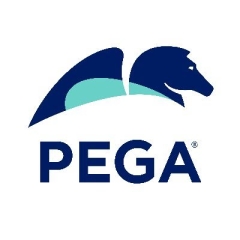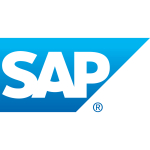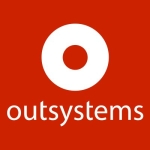Regarding the primary use cases of Pega BPM, I can say that my company deals with multiple domains, like the government sector, banking, financial institutions, telecom, health care, and multiple domains that require Pega BPM.
The most valuable feature of the solution, I believe, is case management, which sets it apart from the rest of the solutions in the market.
I believe that Pega's strategy when it comes to the UX part is not that great currently as compared to the other emerging BPM tools in the market. I look forward to seeing the UX part of the solution improved in a much better manner.
I have been using Pega BPM for nine and a half years. My company's customers use the solution. My company has a partnership with Pega.
It is a scalable solution.
The solution's technical support is good. My company is able to acquire the required assistance from the solution's technical support team, and they also provide consultancy services. I rate the technical support a nine out of ten.
I wouldn't say that I have used any other solutions previously, but I was trained to use TIBCO, a low-code platform.
The initial setup of Pega BPM is neither easy nor complex, so it falls somewhere in the middle. Pega has provided options for automation for the setup phase, but still, its setup phase is not as direct as some of the other tools in the market.
Pega BPM has set a path for its setup phase, wherein you need to go ahead with Helm chart automation since Pega is a very wide solution, and infrastructures can differ for different companies. Pega doesn't offer something specific, like Terraform. In other technologies, the product gets installed with one click or just a few clicks, but with Pega, a person has to work a lot on the infrastructure part as well.
The solution is deployed on the cloud and on-premises. My company provides the solution on Pega Cloud, technology-specific clouds, client-specific clouds, or on-premises.
The complete implementation process for Pega BPM would take a minimum of two to three days, prioritizing the infrastructure first and then the product.
Two people, one from the infrastructure end and one from the product end, which is the technical support person from Pega, would be needed to complete the deployment of the product. There is also the need to have Pega's partner who does the installation, making him or her the third person involved in the deployment.
The price of Pega BPM falls on the higher side of the spectrum if I were to compare it with other solutions in the market. What sets Pega BPM apart from other solutions in the market is that it has many features, including the use of AI and modern gen AI, which currently is not something you can experience in any other tools in the market. The aforementioned details contribute to making Pega BPM a leader in the market.
I would say the people who have realistic business process management kinds of use cases can go ahead and purchase Pega BPM blindfolded since it serves as a great case management tool, better than any other tool in the market. Pega BPM provides great visibility to its users, especially when you are involved in designing, where it will show you the number of stages, steps, processes, data, and even the people or parties who were involved, making it a great tool for case management. Presently, Pega BPM is heading towards the inclusion of more AI, owing to which it can be considered as one of the leaders in the market. The CRM part of the solution is one of its key selling features.
Though the solution's UX is good for developers, when you have to deliver the product to the customer, you don't get too many options for customization that can help you create an appealing view.
I rate the overall solution an eight and a half to nine out of ten.
























